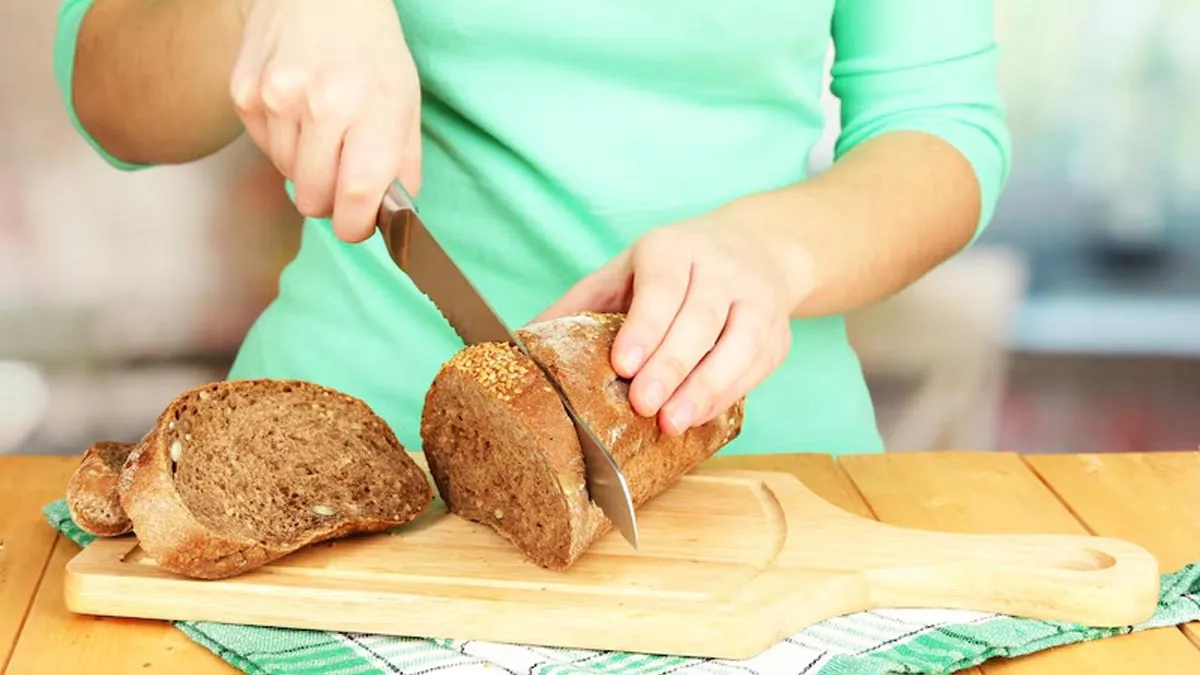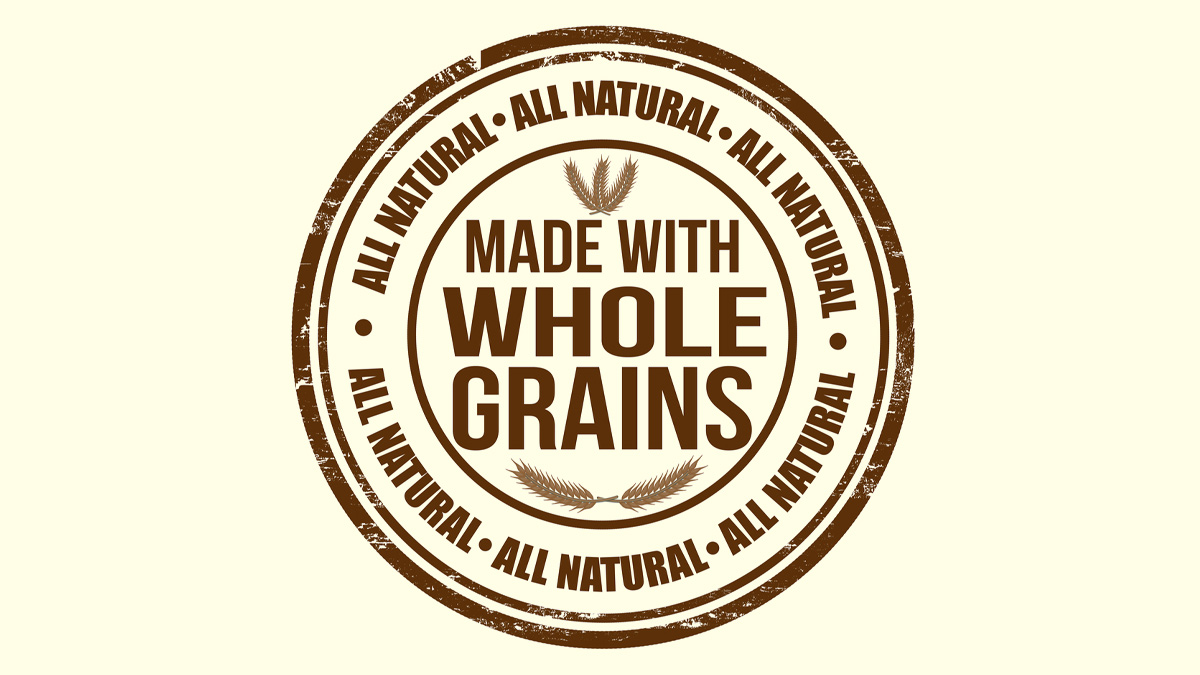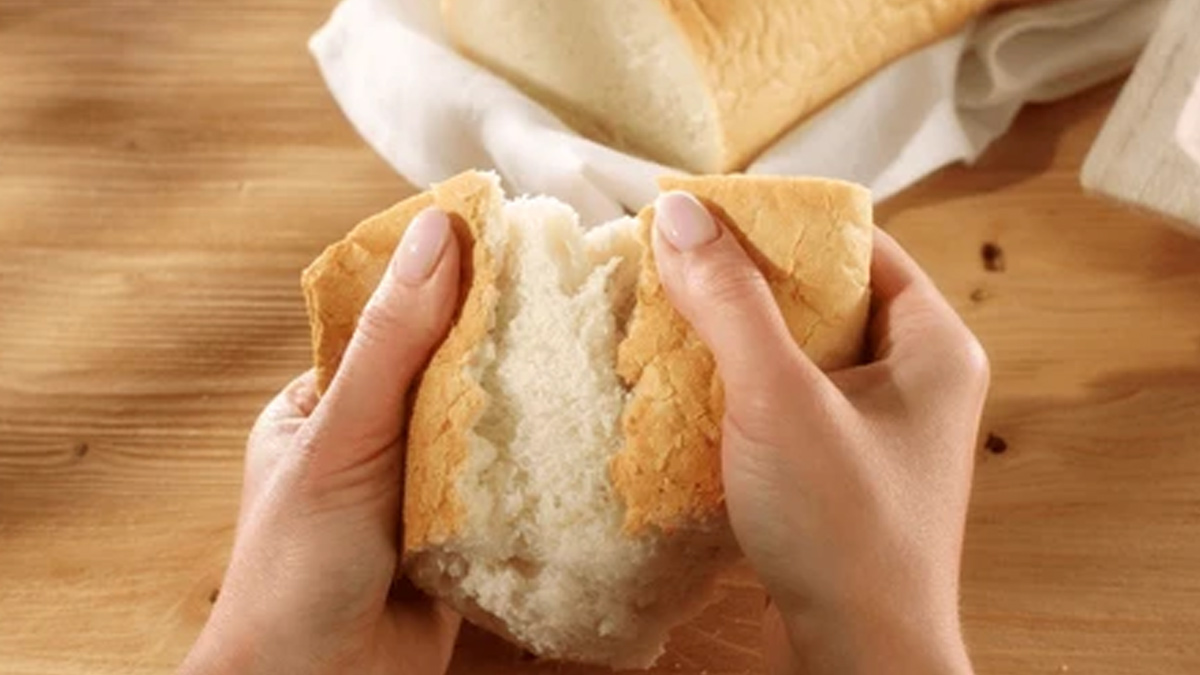
Brown bread, often considered a healthier option compared to the white, is a popular choice for many health-conscious people. It is often marketed as being packed with nutrients and fibre, ideal for those seeking to boost their overall well-being. However, not all brown bread is created equal. In fact, some bread sold as "brown" may be nothing more than white bread with added colours, artificial ingredients, or refined flour. To ensure you're getting the genuine product, it's important to know how to distinguish between real and fake brown bread. Here’s how you can identify whether the brown bread you are buying is fake.
Table of Content:-
1. Check the Ingredients List

The most straightforward way to identify fake brown bread is by examining the ingredients list. Authentic brown bread should be made from whole wheat flour, which is produced by grinding the entire wheat kernel. However, many commercial "brown" breads are made using refined white flour with added molasses or caramel to give it a brown colour. If you see ingredients like "refined wheat flour," "bleached flour," or "all-purpose flour," it's a clear indication that you're dealing with a white bread masquerading as brown. The presence of additives such as "artificial colours" or "preservatives" is also a red flag.
In a study published in the Journal of Cereal Science, researchers found that several "whole wheat" and "brown" breads contained a significant proportion of refined flour, rendering them nutritionally inferior to genuine whole wheat bread. This highlights the importance of scrutinising the ingredients list to ensure you're choosing an authentic product.
Also read: White Bread or Brown Bread, Know Which is Healthy and Why?
2. Look for Whole Grain Certifications

Another reliable way to identify real brown bread is by looking for certifications such as the "Whole Grain Stamp" or similar logos that indicate the presence of whole grains. According to a study conducted by the Whole Grains Council in 2019, breads with the whole grain stamp have a higher content of dietary fibre and essential nutrients. These breads must contain at least 8 grams of whole grain per serving and cannot contain refined flours.
The Harvard T H Chan School of Public Health conducted research showing that consuming whole grains, rather than refined grains, reduces the risk of chronic diseases such as heart disease, type 2 diabetes, and obesity. Choosing breads that have certified whole grains ensures you're benefitting from the health advantages associated with them.
3. Colour Isn’t Everything
While the colour of the bread is often an indicator, it is not a foolproof method to identify real brown bread. Some manufacturers use food colouring or caramel to make white bread look brown. As a result, the bread might appear darker than it actually is, even though it’s made from refined flour. To avoid being misled by colour, always cross-reference the bread's colour with its ingredient list. A genuine brown bread should not rely on artificial colouring to achieve its brown hue. The natural colour should come from whole wheat flour or other whole grains used in the bread.
Also read: It's Time To Quit White Bread: Here Are 6 Reasons Why It Is Unhealthy For You
4. Evaluate the Texture and Taste

Real brown bread made from whole wheat flour has a denser, coarser texture compared to white bread. The whole wheat flour gives the bread a more substantial, grainy feel. Fake brown bread, on the other hand, often has a softer, more airy texture that is typical of refined bread. The taste of authentic brown bread tends to be nuttier and richer because of the whole grains, while fake brown bread might taste more neutral or even sweetened due to added sugar or molasses.
5. Beware of the "Health Halo"
A phenomenon often observed in food marketing is the "health halo" effect, where certain products are marketed as being healthier than they are. Fake brown bread often falls into this category, with claims such as "high in fibre" or "whole grain," even if the product doesn't meet the necessary criteria.
Conclusion
Identifying fake brown bread requires a keen eye and an understanding of the ingredients, certifications, and claims made on packaging. Always check the ingredient list for whole wheat or whole grain flour, and avoid bread that lists refined flour as the primary ingredient. Look for trusted whole grain certifications, and don’t rely on colour alone. By making these checks, you can be confident that you're consuming real brown bread that offers the health benefits you expect.
Also watch this video
How we keep this article up to date:
We work with experts and keep a close eye on the latest in health and wellness. Whenever there is a new research or helpful information, we update our articles with accurate and useful advice.
Current Version
